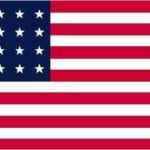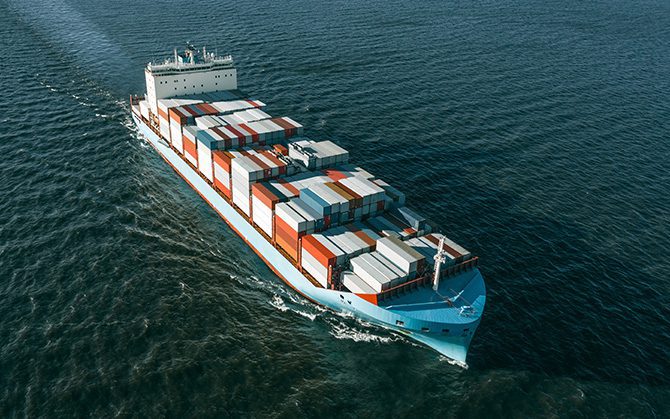
Ocean shipping has grown significantly in recent decades as a result of increased trade and globalization. Ocean freight services, also known as the “lifeblood of global trade“, is the most common international transportation route for traded goods and the backbone of the global supply chain. It accounts for over 80% of the total global trade volume.
Over the past few years, many restrictive maritime regulations have been removed, resulting in a highly liberalized international shipping industry.
In this post, we’ll go over some of the most important aspects of sea transportation, including types of cargo, pros and cons of using ocean freight, and how to choose the right ocean freight services for your business.
Ocean Freight Shipping’s Main Characteristics
Ocean freight shipping is one of the most popular services around the world. The majority of commercial transactions take place through the sea. Here’s a shortlist of the top 3 elements that make this industry unique:
Container Load
The boats and containers used by international freight providers can fit almost any type of product. In order to standardize a ship’s capacity, the number of containers a ship can load is translated into a number of 20ft containers known as TEU (“Twenty-foot Equivalent Unit”). You can ship a significant volume of goods using containers that can hold up to 18,000 TEU.
FCL vs. LCL
Flexibility is one of the highest assets of ocean shipping. Whether you are a small company or a global corporation, there’s always a solution to move your merchandise. Full container load (FCL) means you can fill a full container on your own. Less than container load (LCL) is ideal for smaller shipments that share container space with other cargo. Knowing what to choose is key when selecting ocean freight services.
International Reach
When it comes to ocean shipping, there are literally no boundaries. The Suez and Panama Canals have transformed global trade, allowing vessels to connect key continents efficiently. Today, ocean freight services offer global reach through optimized maritime routes.

Containers vs. Breakbulk
There are two main types of cargo: bulk cargo and container cargo. Bulk cargo is ideal for goods that don’t require packaging (coal, grain, oil, etc.), while container load involves standardized containers (20ft or 40ft).
Container Loading
Shipment by container remains the most efficient method for international trade. Containers allow fast loading/unloading and come in various sizes to suit specific needs. The 20-foot container is the most commonly used size for international shipments.
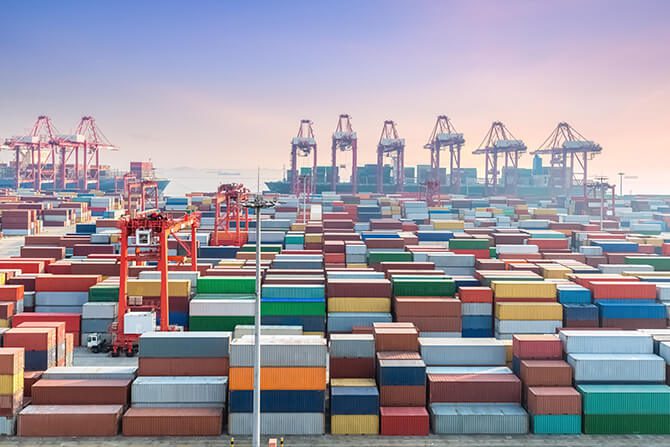
Bulk Cargo
Bulk cargo includes solid (grains, coal), liquid (oil), and breakbulk (crates, boxes) categories. Each requires specific vessels and logistics. While similar in name, bulk cargo and breakbulk are different shipping methods.
Oil Tankers
Oil tankers are built for transporting petroleum products. Supertankers can carry up to 500,000 tons of cargo and are part of the broader scope of ocean freight services.
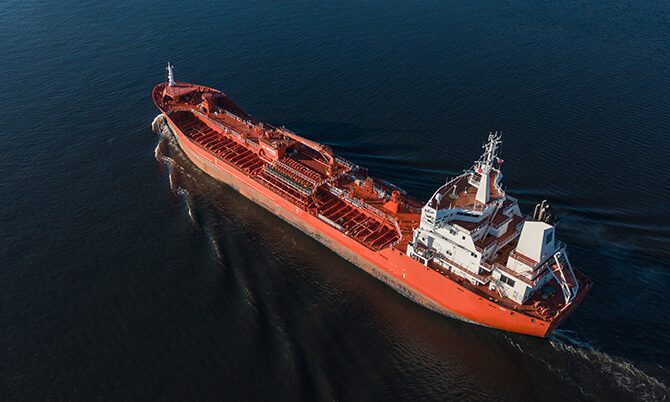
PROs and CONs of Ocean Freight
Like everything in logistics, ocean freight services come with both benefits and challenges. Here’s a quick overview:
PROs
- Cost-effective: Ideal for long-distance, high-volume shipments.
- Global Reach: Sea routes connect virtually every continent.
- Flexibility: FCL or LCL available depending on your needs.
- Safety: Lower risk of delays with structured sea routes.
- Fewer weight restrictions compared to air freight.
- Handles oversized and heavy cargo efficiently.
CONs
- Longer transit times compared to air.
- Weather conditions can cause delays.
- Less frequent departures vs. other modes.
- Requires careful scheduling and planning.
- May require last-mile transport from port to destination.
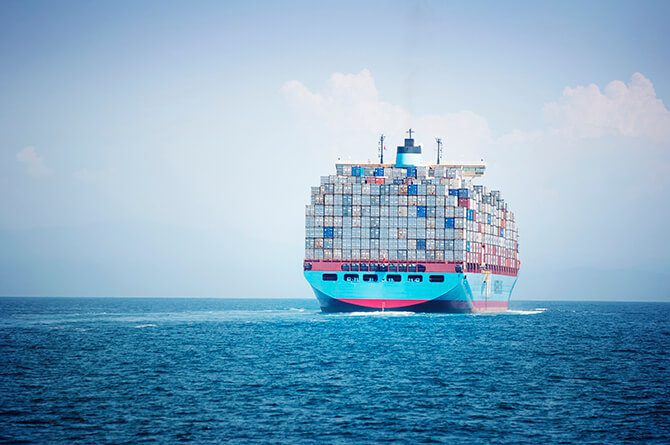
How to Choose the Right Ocean Freight Services Provider
It all depends on your cargo’s volume, frequency, and nature. For smaller shipments, LCL services might be ideal. For large volumes, FCL or even breakbulk services could be more efficient.
If you’re seeking an efficient, cost-effective logistics partner, The ILS Company offers customized ocean freight services—whether it’s one pallet or full containers. Let our experienced team handle your shipping needs.
Contact us today and we’ll take care of the rest.


